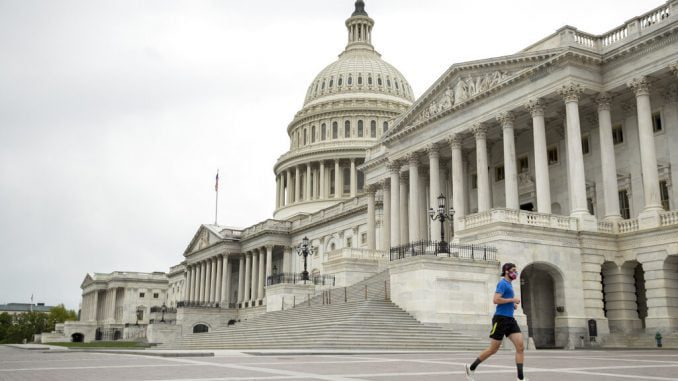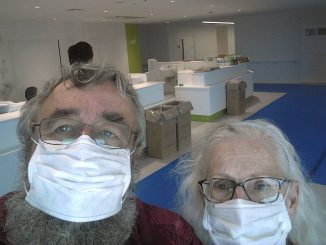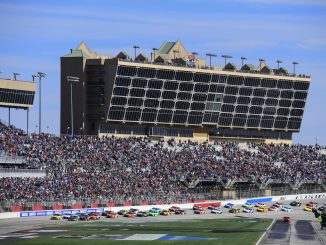
 During a crisis such as COVID-19, it helps to understand the thinking that goes on in the minds of elected officials behind closed doors.
During a crisis such as COVID-19, it helps to understand the thinking that goes on in the minds of elected officials behind closed doors.
First of all, they are human. They are fearful of making the wrong decision since so much is at stake. Fortunately, the only true “life or death” vote Congress has to take from time to time is sending soldiers to war, which happens infrequently.
Government shutting down the economy to save lives due to a virus has now become another “life or death” decision. We have never had a coordinated federal/state/local government shutdown of our entire economy before under any circumstance — not after Pearl Harbor, not during swine flu, not during the AIDS outbreak of the 80s, not during the polio virus epidemic of the 1950s in America, and not after 9/11.
What is the precedent we are setting for the future?
We don’t ask our elected officials to lock us up every year to protect us from all harm. If we did, we could avoid 40,000 car-related deaths per year. Our economy stays open every flu season even though it claims an average of 45,000 Americans in spite of the fact we have multiple vaccines available today. The sheer impracticality and absurdity of 330 million freedom-loving Americans living cloistered lives prevents any elected official from considering such draconian measures.
“The art of politics,” said Reinhold Niebuhr, “is finding proximate solutions to basically insoluble problems.” We elect people to find ways to help protect us from certain threats by mitigating risk and loss of life as much as possible even though we know that eliminating risk and death 100% from daily life is completely and utterly impossible.
Politicians engage in utilitarian theory, whether they know it or not, to find those proximate, but not perfect, solutions on a daily basis. Espoused by 19th century British philosopher John Stuart Mill, utilitarianism helped foster the notion that “the greatest good for the greatest number of people” should be the goal of every politician. An ardent advocate of individual rights, Mill argued that freedom offered the greatest hope for the most people in any society.
Despite being a proponent of personal freedom, Mill did acknowledge the necessity for the coercive power of government authorities, through the law and public opinion, to defend ourselves and others from being harmed. But under what conditions and for how long of a period of time?
On March 11, Rudy Gobert of the Utah Jazz tested positive for coronavirus and the NBA canceled the season. Two days later, the New York Times published a story that led with the assertion that 2.2 million deaths “could” occur in America without a lot of caveats and hedging until later in the story.
Faced with the possibility of 2.2 million deaths and a complete stampede of hospital capacity, President Trump, governors and mayors listened to health experts who urged them to take prudent cautionary steps to issue stay-at-home orders and essentially shut down the economy overnight.
Today, experts expect nationwide fatalities of 67,000 due to COVID-19-related complications. Had 67,000 fatalities been predicted in March, a whole different set of policies would have been taken at the federal, state and local levels of government. North Carolina is now expected to experience 370 fatalities due to COVID-19 by Aug. 6, far down from the many thousands predicted in March.
The utilitarian question today is this: What is “the greatest good for the greatest number of people” going forward? What is the proximate, albeit not “perfect” return-to-work policy? How long should our economy be closed down before 750,000 laid-off North Carolinians can go back to work? The longer North Carolina businesses stay closed-to-semi-closed, the higher the probability becomes that many of the small businesses that laid off their workers will not be open to hire them back.
One thing we do know for sure is that our economy has to open up pretty soon with certain protective health restrictions such as social distancing and wearing masks and gloves or else we will revisit the economic devastation of the Great Recession of 2008-2010.
We can’t stay closed forever. That would be utilitarian theory in reverse.



